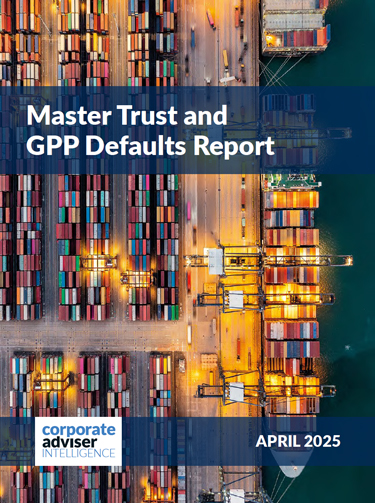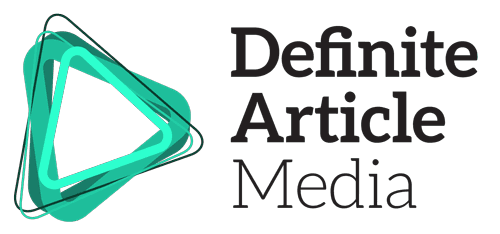Research from the insurer indicates that a two tier charging structure is no more likely to influence decisions than a single charging structure.
Aegon is urging Pada to choose a charging structure that will match income from charges with costs incurred. Aegon suggests Pada adopts a structure combining a modest percentage contribution charge with a fund-related AMC.
Its research showed two groups of consumers information about personal accounts and asked them how likely they were to remain in the scheme. The groups were given identical information apart from charge structures. One group was told 0.5 per cent of the value of their pension fund would be deducted each year, the other was told charges would be a 5 per cent deduction from contributions, plus a 0.3 per cent deduction from the fund each year.
Charge structures were only the seventh most popular reason for opting out of personal accounts, with a combined total of 6 per cent across both groups. The top reason for opting out, by a large margin, was people preferring to make their own arrangements for retirement saving (37 per cent). Of the relatively few people who chose the charging structure as their reason to opt out, this was slightly more common among peopleshown the single charging structure.
Steven Cameron, head of business development at Aegon, says: “Some have voiced concerns people will be put off by a dual charging structure and, as a result, will opt out of personal accounts. But our research shows this just isn’t the case. Firstly charging structures are not a major determinant of behaviour. And secondly people offered a dual structure were no more likely to opt out than those offered a single charge structure. This is good news as it gives Pada the green light to focus on the things that matter, such as the security of member benefits, and choose a charging structure that makes personal accounts financially sustainable.”




